The hack squat is a popular machine-based exercise that mimics the traditional squat movement while providing additional support and stability. While squats are known for being a full-body exercise, the hack squat focuses specifically on the lower body, and understanding which muscles are targeted can help optimize your workout routine. In this article, we will dive deep into what muscles the hack squat works, how it benefits your fitness journey, and why it’s a staple in many workout regimens.
1. Primary Muscles Worked in the Hack Squat
The hack squat is particularly effective for targeting the quadriceps, the large muscles at the front of your thighs. These muscles play a crucial role in the knee extension during a squat. However, the hack squat also engages several other lower-body muscles to a lesser extent, making it a more comprehensive exercise than many people realize.
Quadriceps (Front Thighs)
- The quadriceps are the primary muscles activated during a hack squat. As you push upward, these muscles extend your knee, allowing you to stand back up after lowering your body. The angled position of the hack squat machine places greater emphasis on the quads compared to a traditional squat, which is why it’s such an effective leg exercise.
Glutes (Buttocks)
- The glutes play a supportive role in the hack squat. While the quads are doing most of the work, the glutes help extend the hip joint, allowing you to push your body upward. However, the glutes are less activated compared to exercises like hip thrusts or lunges, but still contribute to overall leg strength.
Hamstrings (Back of Thighs)
- Though the hack squat primarily targets the quads, the hamstrings are engaged to a lesser extent. The hamstrings help stabilize the knee and assist in the lowering phase of the movement. The angle of the hack squat also involves some hamstring activation as it helps in controlling the downward motion of the exercise.
Calves
- The calf muscles are involved to a smaller degree in the hack squat, especially during the push phase when you rise up. The calves provide additional stability, helping maintain balance and control throughout the movement.
2. Secondary Muscles Worked
In addition to the main muscles targeted by the hack squat, this exercise also engages several smaller muscles that contribute to overall leg strength and stability. These include:
- Hip Flexors: These muscles assist in stabilizing your pelvis during the squat and help control your knee movement. They work together with your quads to extend the leg and maintain proper posture during the movement.
- Core Muscles: Your abdominals and obliques play a stabilizing role during the hack squat. They work to keep your torso upright and help maintain balance, particularly in the lower back region, which is crucial for avoiding injury.
3. Benefits of the Hack Squat
The hack squat machine is an excellent tool for those looking to enhance their leg strength and build muscle, offering several benefits that make it a preferred choice in many gym routines.
Targeted Leg Development
- The hack squat isolates the quads more than traditional squats, making it ideal for people looking to build size and strength in their thighs. This makes it particularly beneficial for bodybuilders or anyone looking to add mass to their lower body.
Reduced Stress on the Lower Back
- One of the key advantages of the hack squat machine is the added back support. Unlike free-weight squats, where you need to balance the weight on your shoulders and back, the hack squat machine keeps you in a fixed position, reducing the strain on your lower back and allowing you to focus purely on your legs.
Improved Knee Joint Stability
- Since the hack squat primarily targets the quadriceps, it can help strengthen the muscles around the knee joint. This is especially useful for improving knee stability and preventing injuries related to weak quads, such as patellar tendinitis.
Convenience for Beginners
- The hack squat machine offers a safer alternative for beginners who may struggle with balance or form when performing free-weight squats. The fixed position helps maintain proper posture, allowing new gym-goers to work their legs effectively without worrying about form breakdown.
4. Hack Squat vs. Traditional Squat: Key Differences
While both exercises are excellent for leg development, there are some key differences between the hack squat and traditional squats:
-
Form and Technique: Traditional squats require more balance and coordination, as you are lifting free weights without the assistance of a machine. The hack squat machine, on the other hand, supports your body and controls your movement, making it easier to focus on your legs.
-
Muscle Emphasis: The hack squat places a greater emphasis on the quadriceps due to its angled position. In contrast, traditional squats activate a broader range of muscles, including the glutes, hamstrings, and core, in addition to the quads.
-
Range of Motion: The hack squat provides a more controlled range of motion, which may be beneficial for those with limited flexibility or mobility. Traditional squats, however, allow for greater depth, which can lead to more comprehensive leg development when performed correctly.
5. How to Perform the Hack Squat
To get the most out of your hack squat workout, it's essential to perform the exercise with proper form. Here’s a step-by-step guide:
-
Set the Machine: Adjust the footplate and shoulder pads to fit your body. Ensure that your feet are positioned slightly wider than shoulder-width apart and that your knees are aligned with your toes.
-
Position Yourself: Step into the machine, placing your back securely against the backrest. Place your shoulders under the pads, and keep your chest lifted and core engaged.
-
Lower Your Body: Begin the movement by bending your knees and lowering your body in a controlled fashion. Keep your torso upright and avoid rounding your back. Your knees should not extend past your toes.
-
Push Up: Once you reach the lowest position, push through your heels to return to the starting position. Make sure to keep your knees slightly bent to avoid locking them out at the top.
-
Repeat: Perform the desired number of repetitions, maintaining good form throughout the movement.
Conclusion
The hack squat is a powerful exercise that primarily targets the quadriceps while also engaging the glutes, hamstrings, calves, and core. Whether you’re looking to build strength, size, or endurance in your legs, the hack squat machine can be an excellent addition to your fitness routine. By understanding the muscles it works and how to perform the exercise properly, you can maximize the benefits and achieve your fitness goals more effectively. So, if you’re aiming to build strong, defined legs, the hack squat should be at the top of your list!


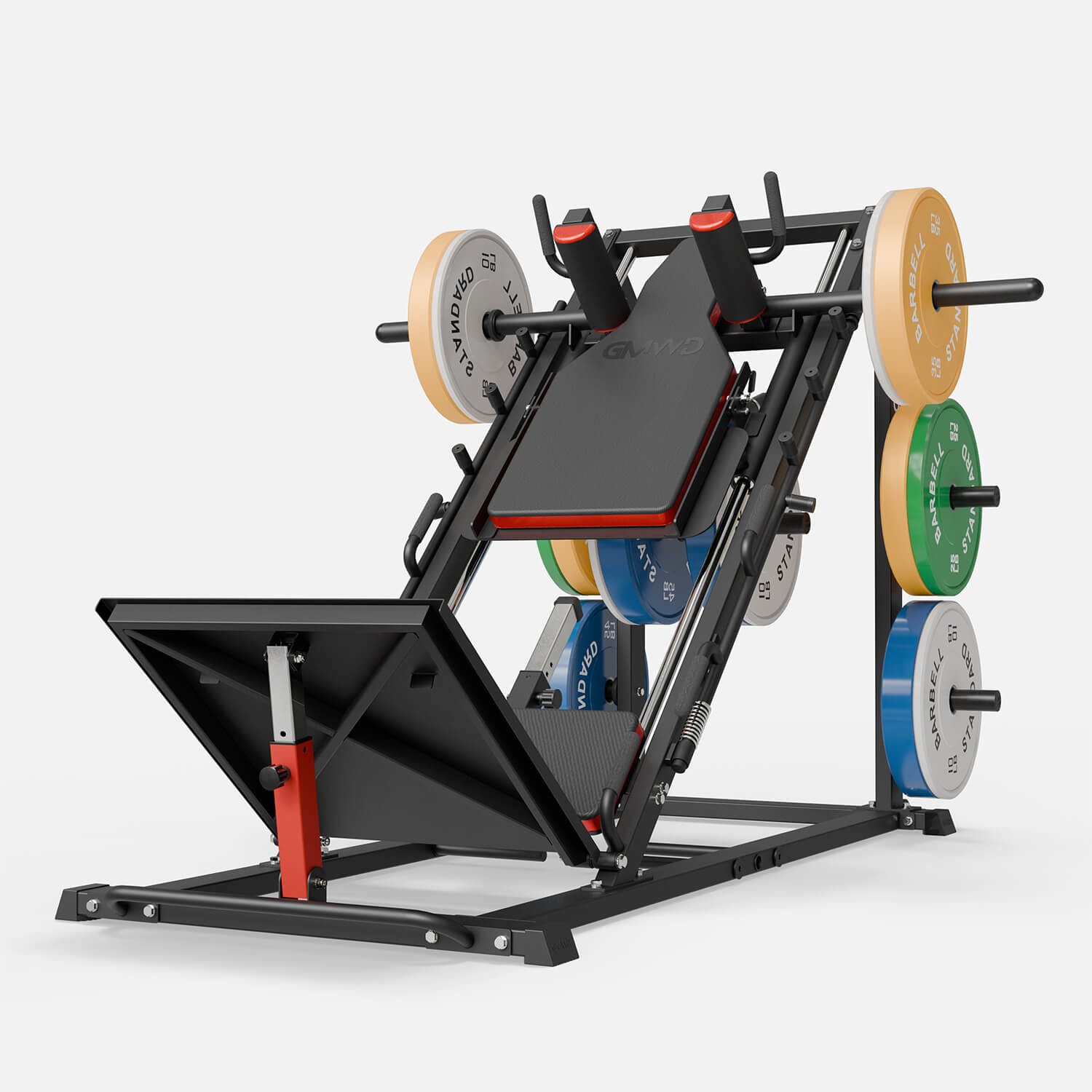
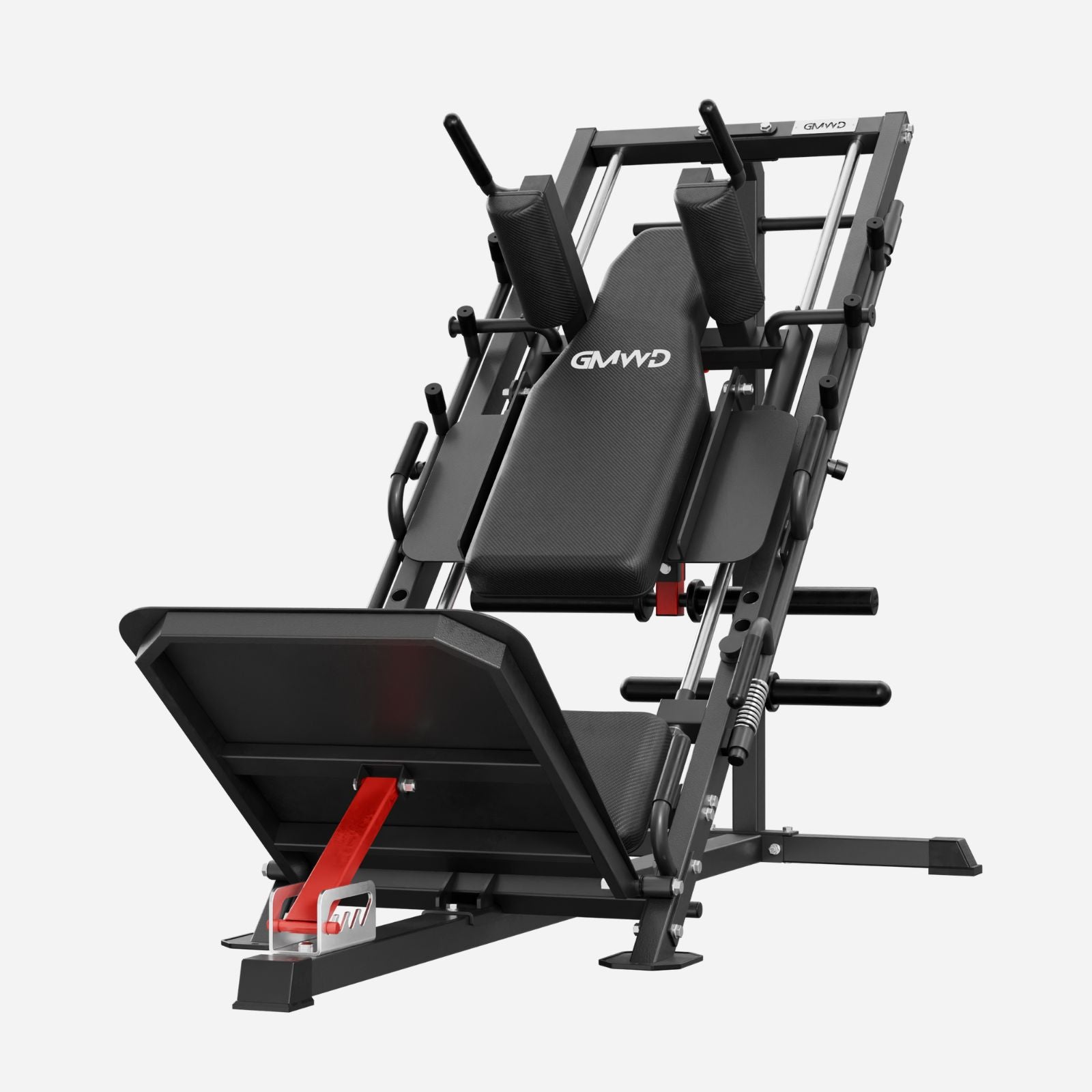

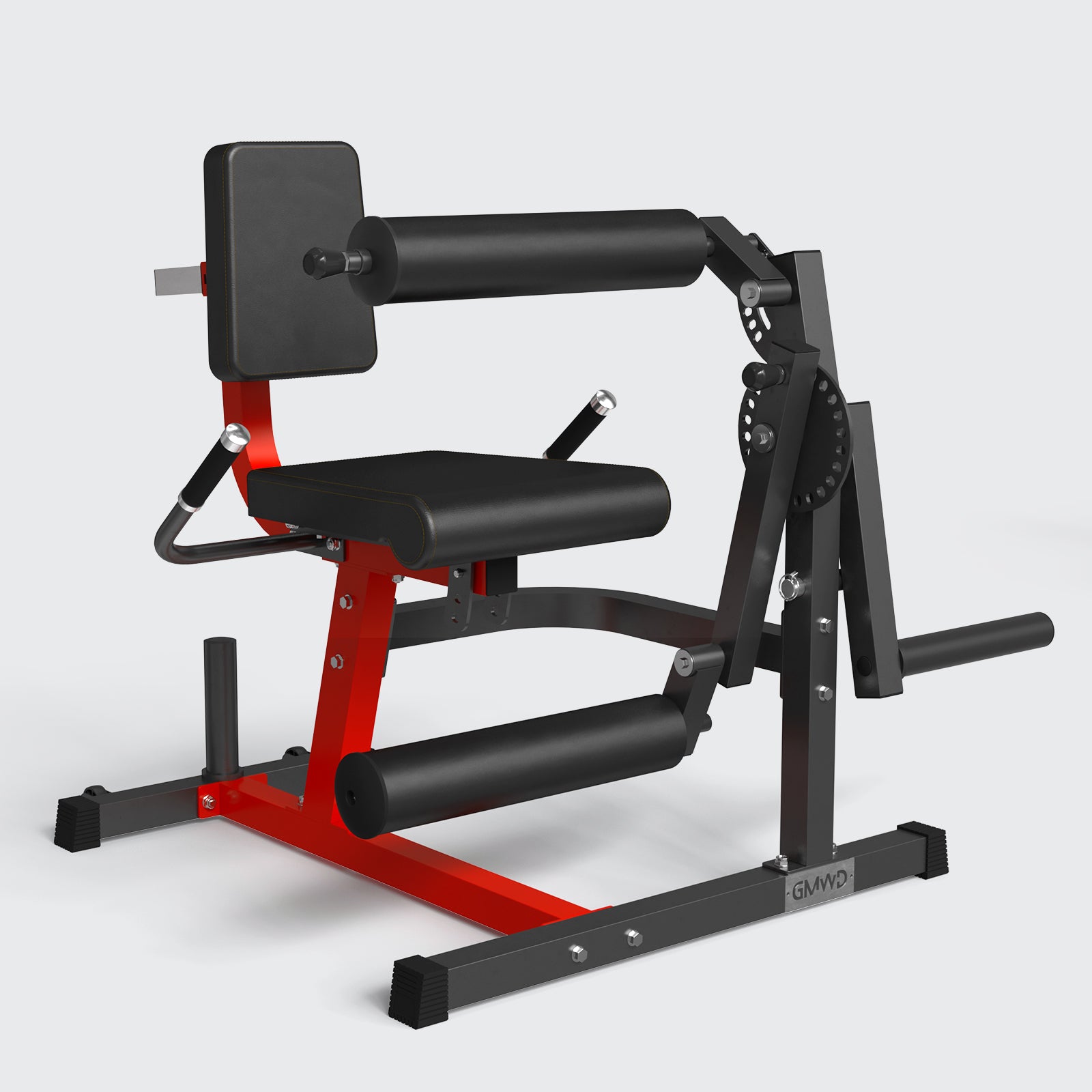
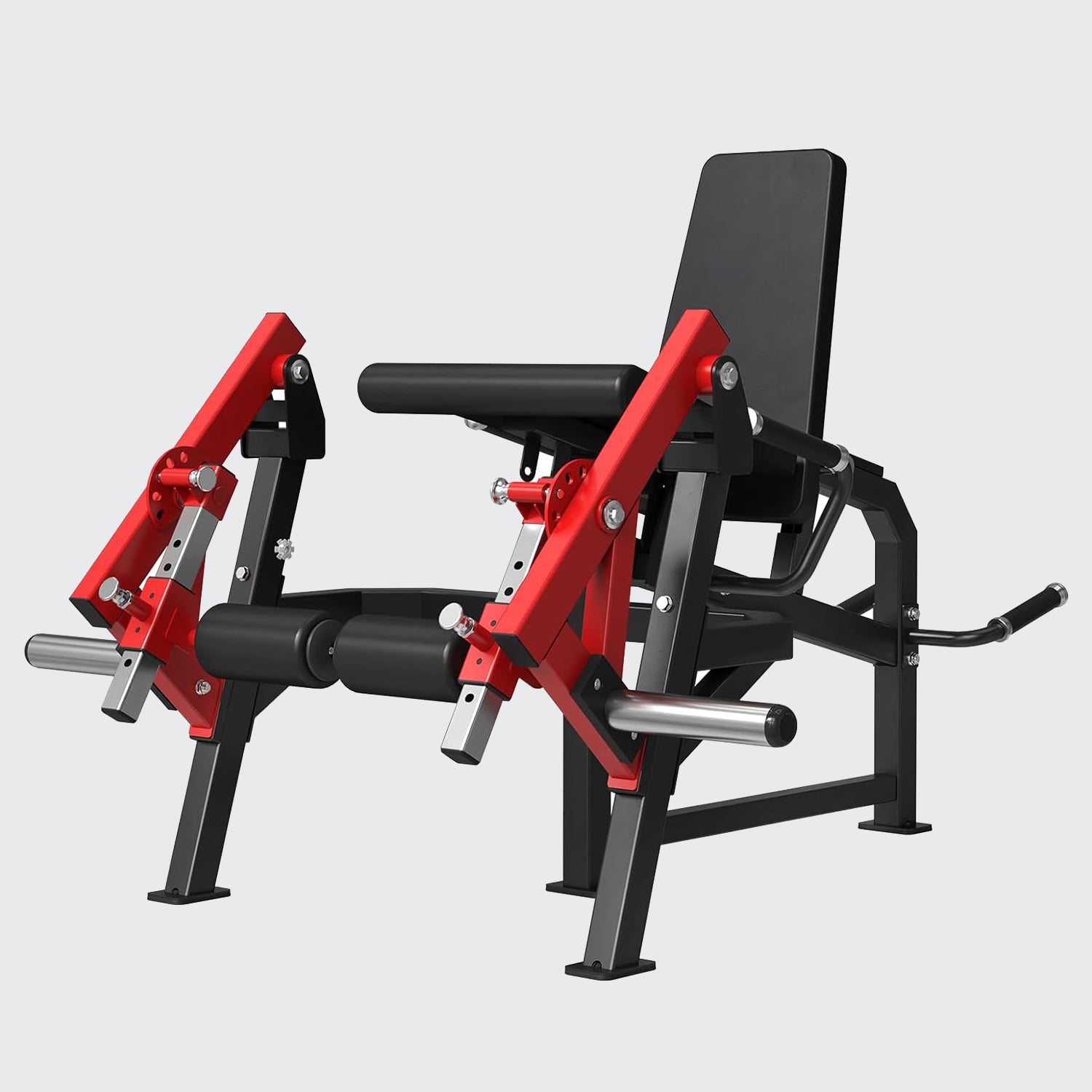
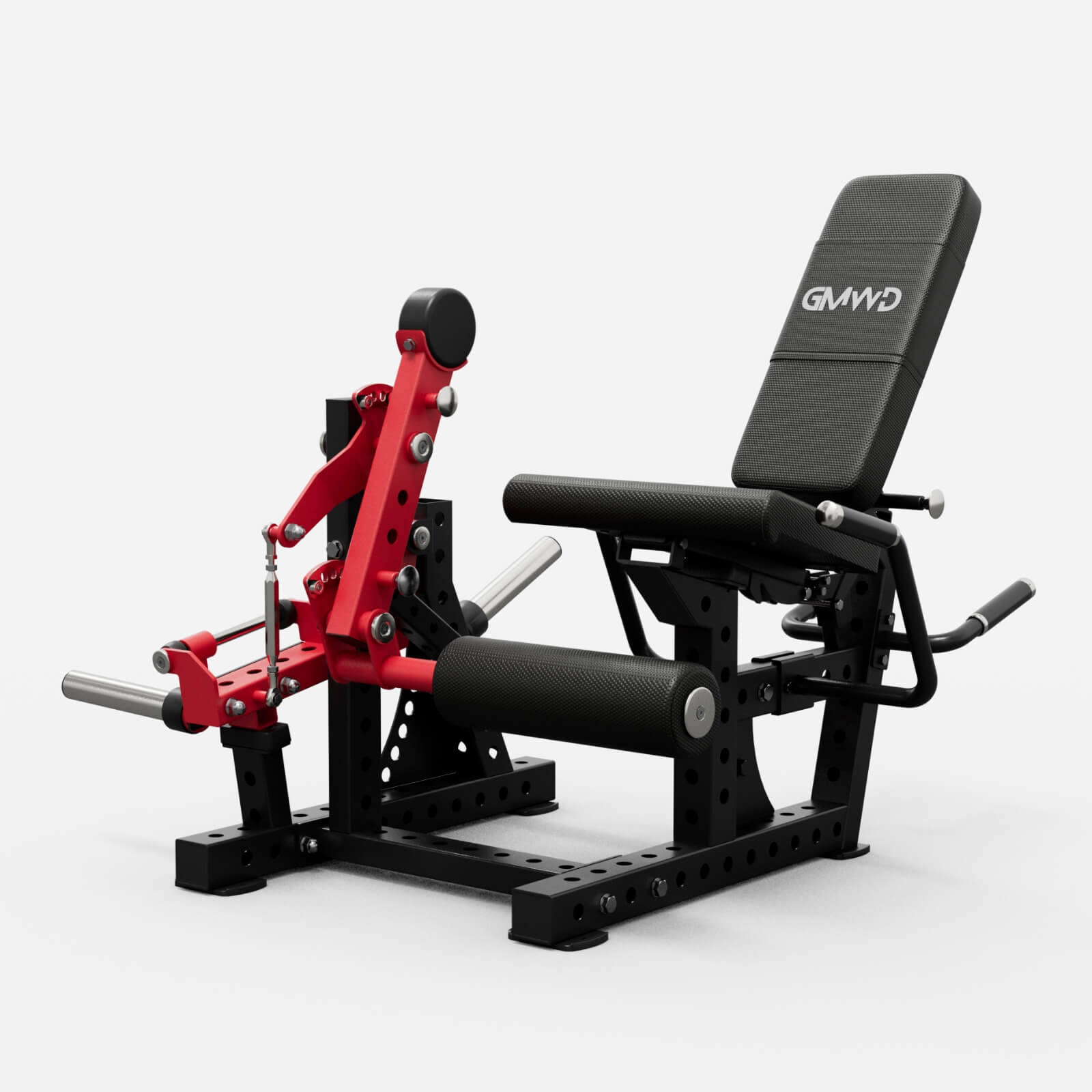
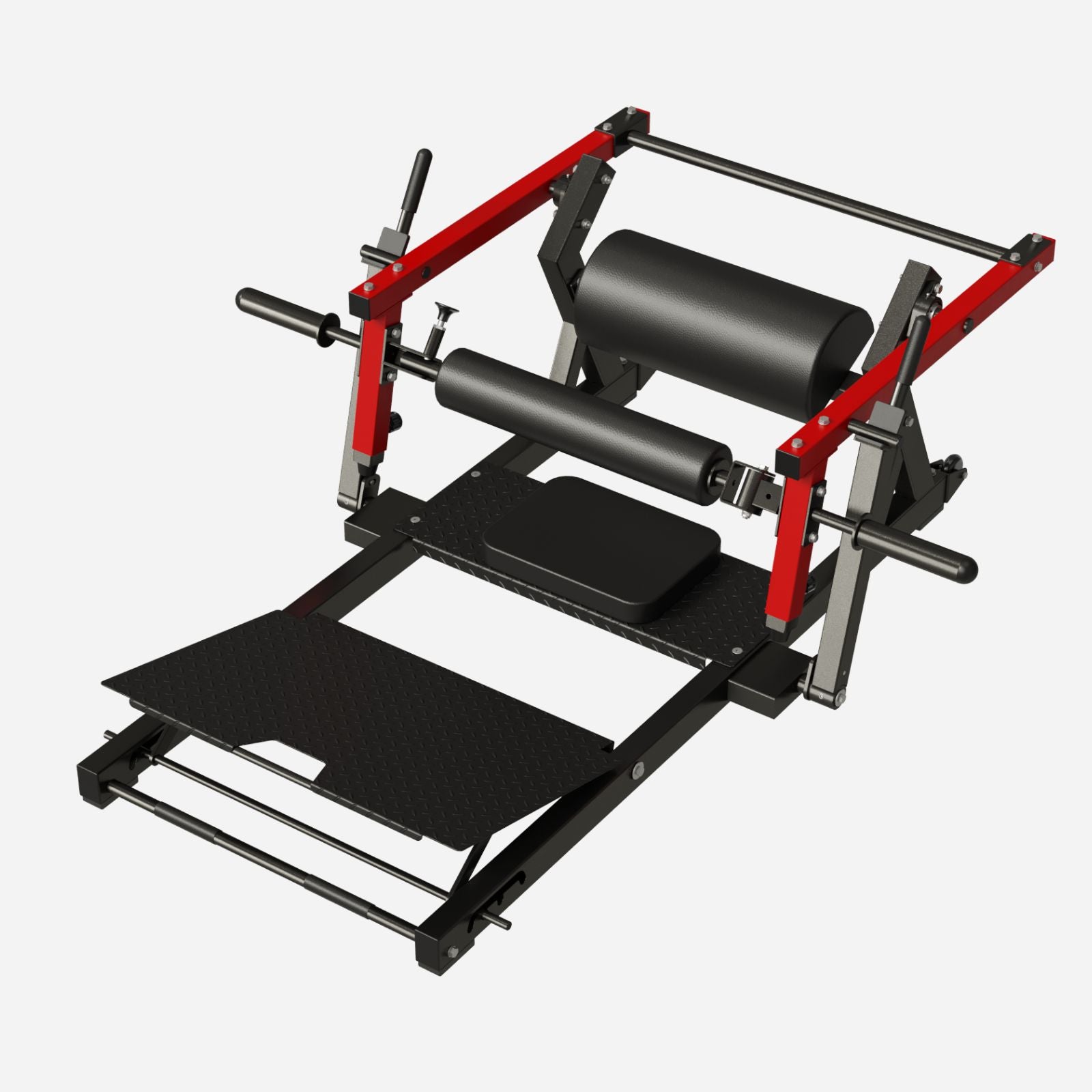

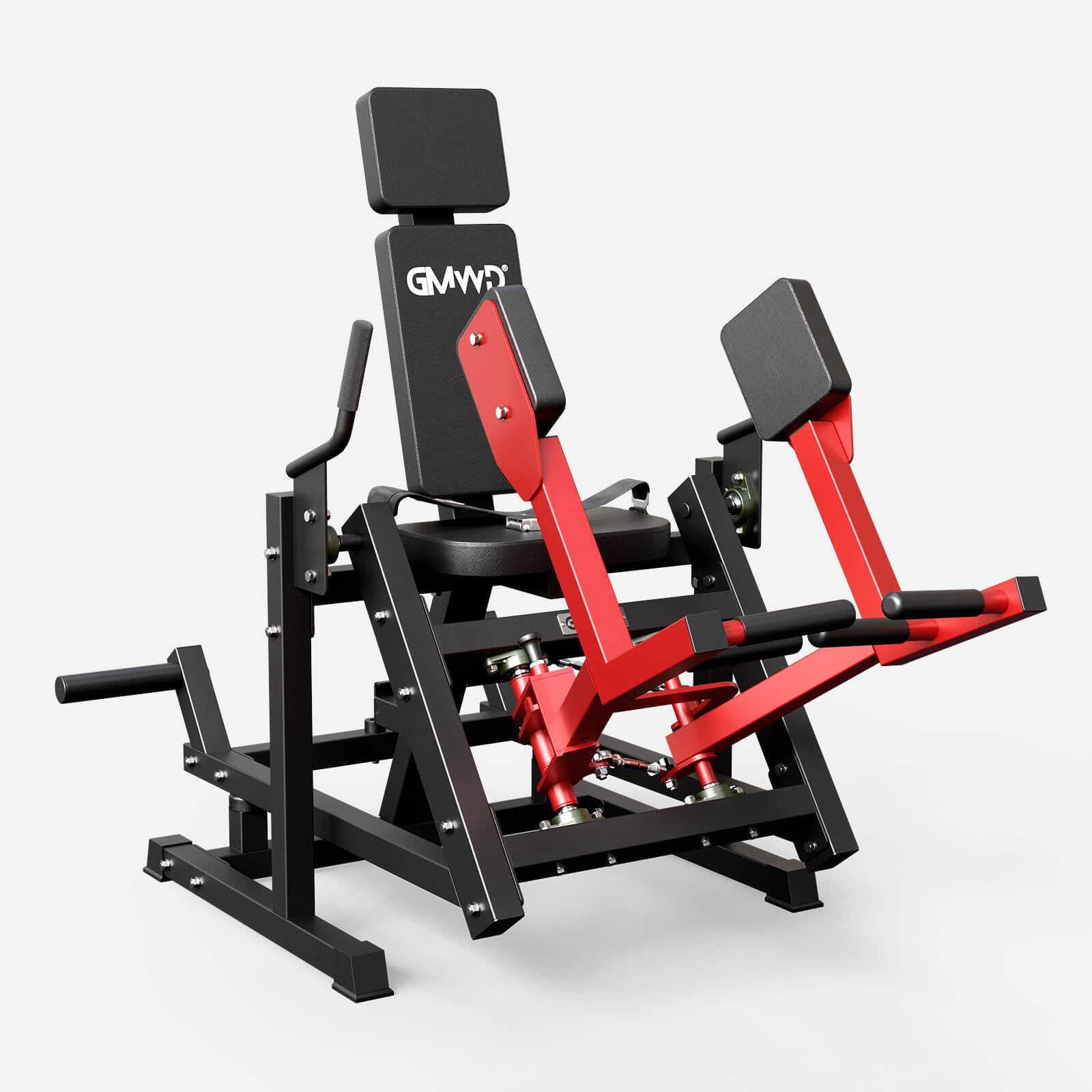
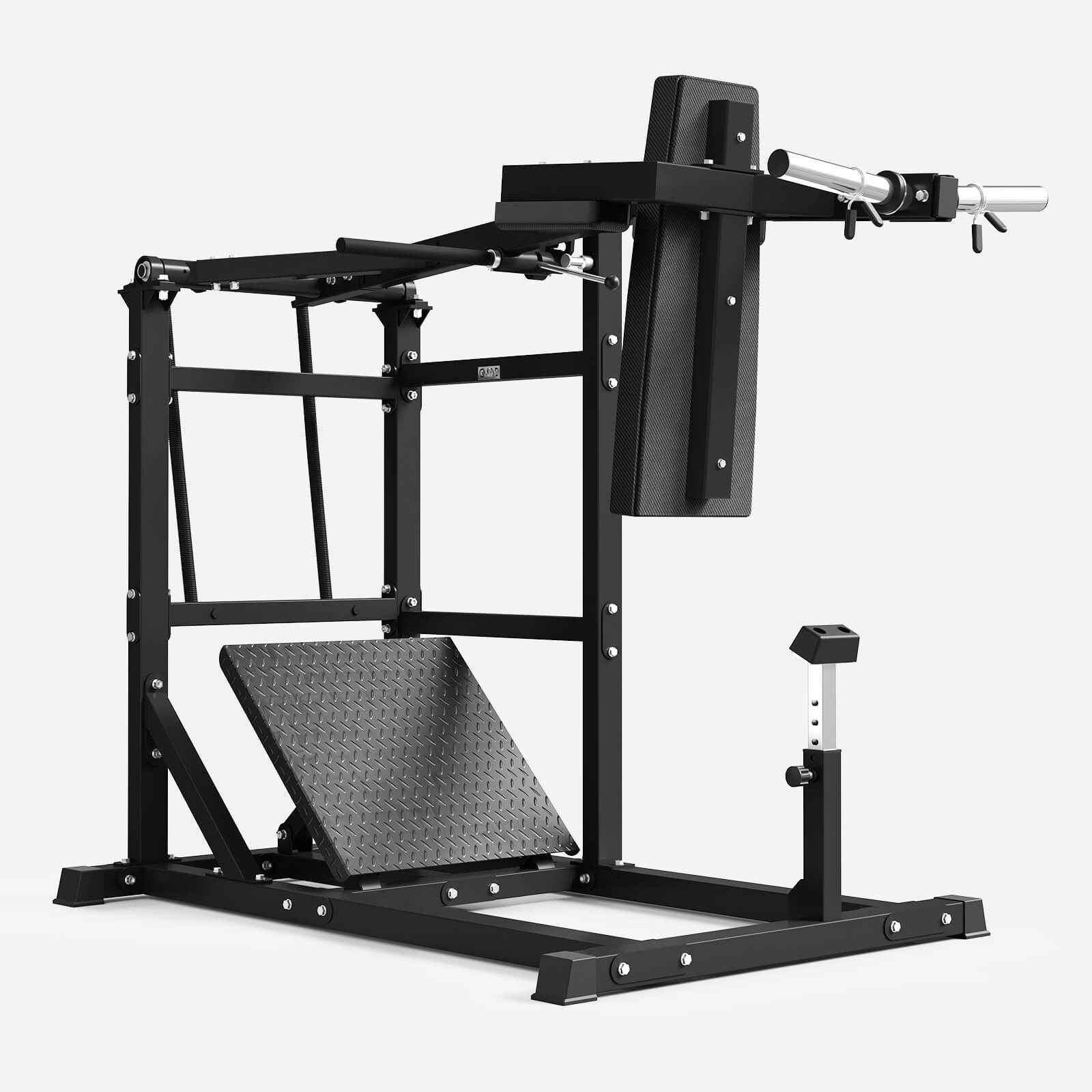
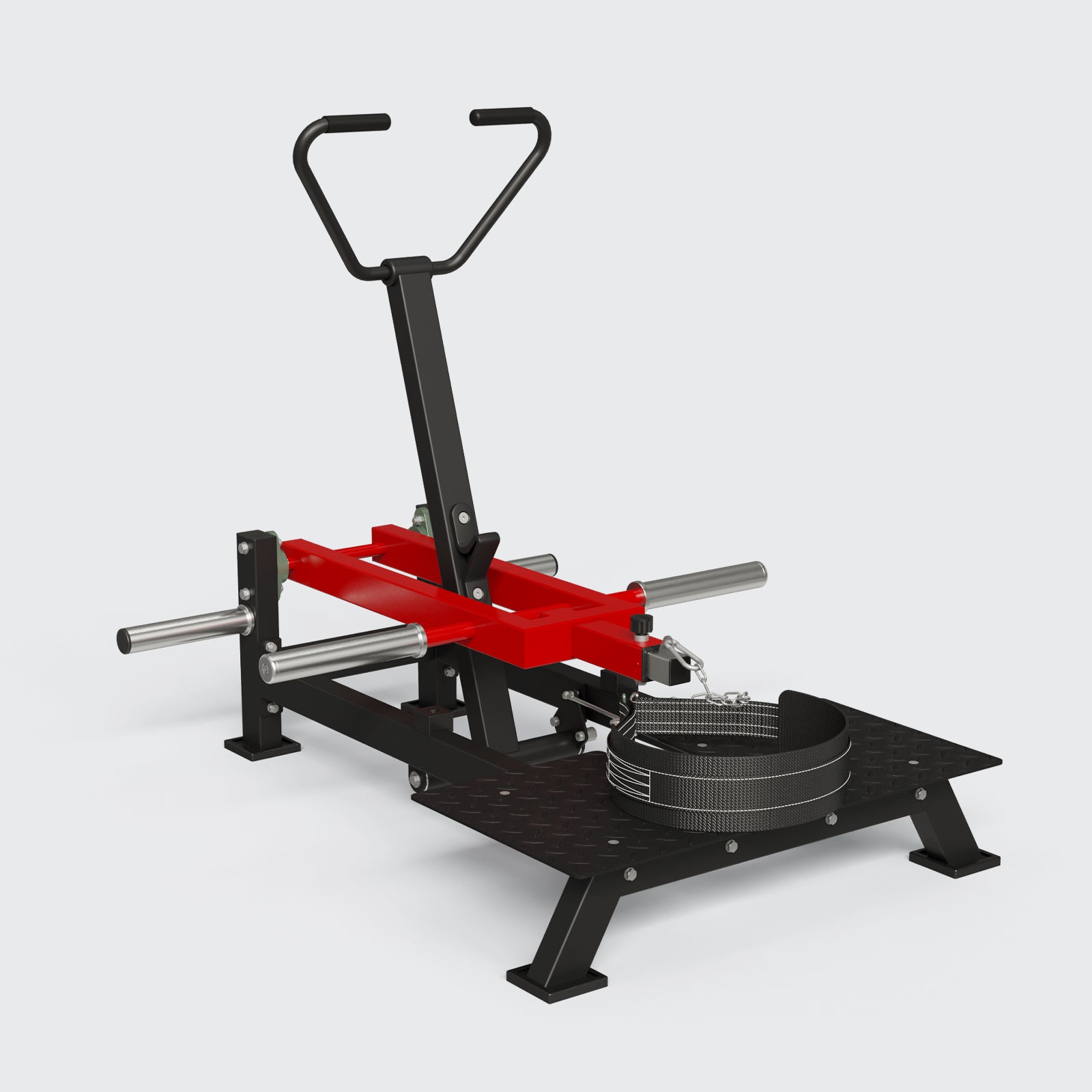
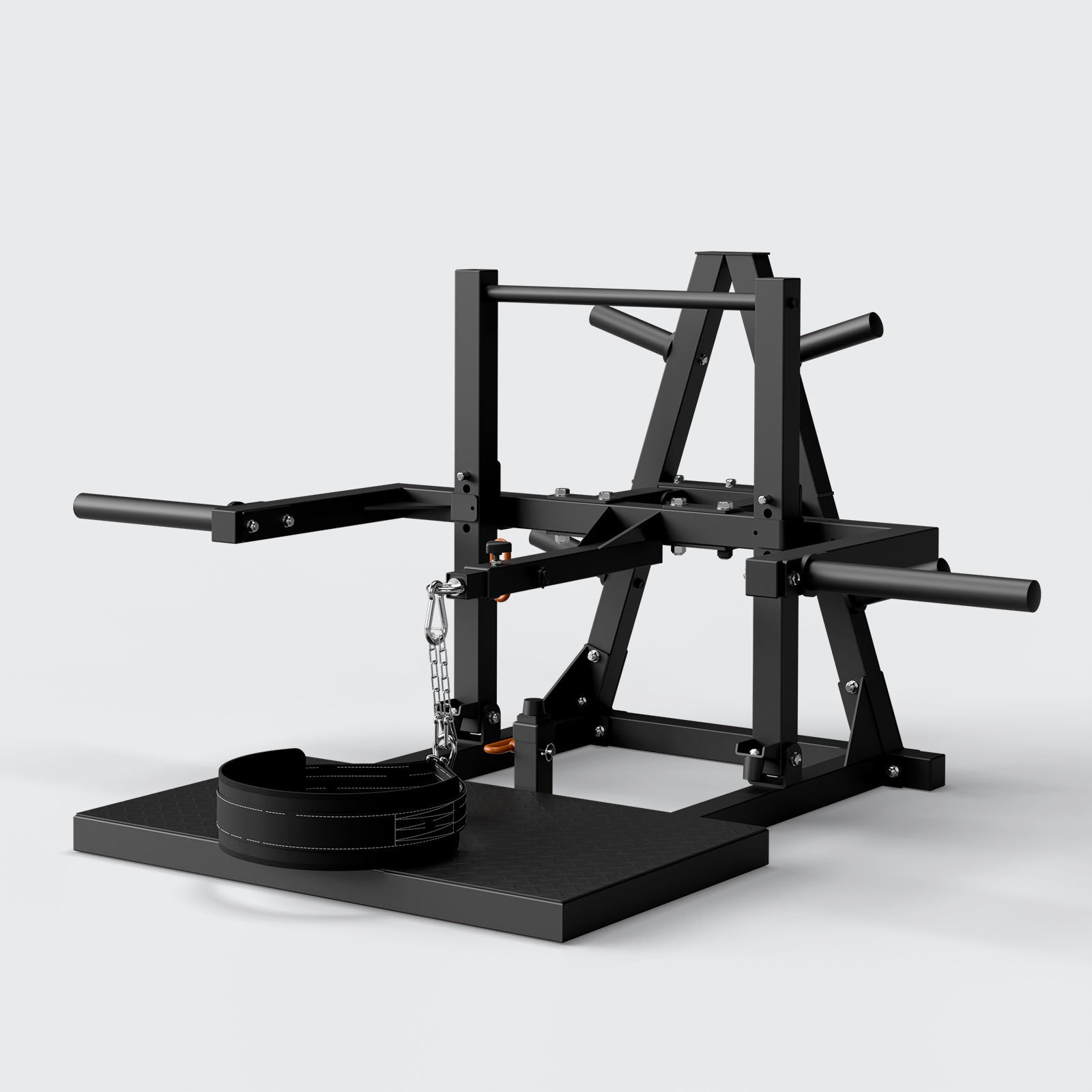

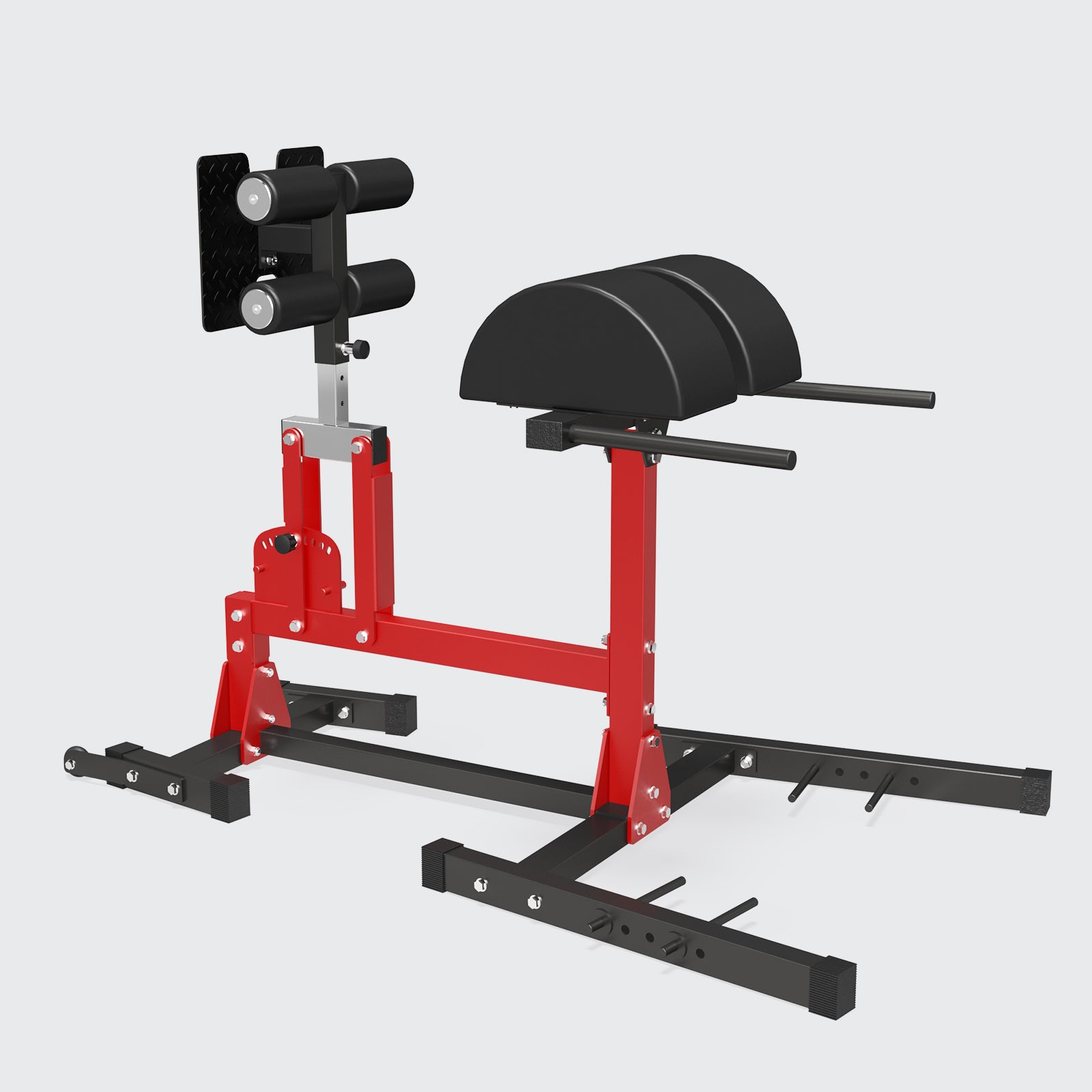
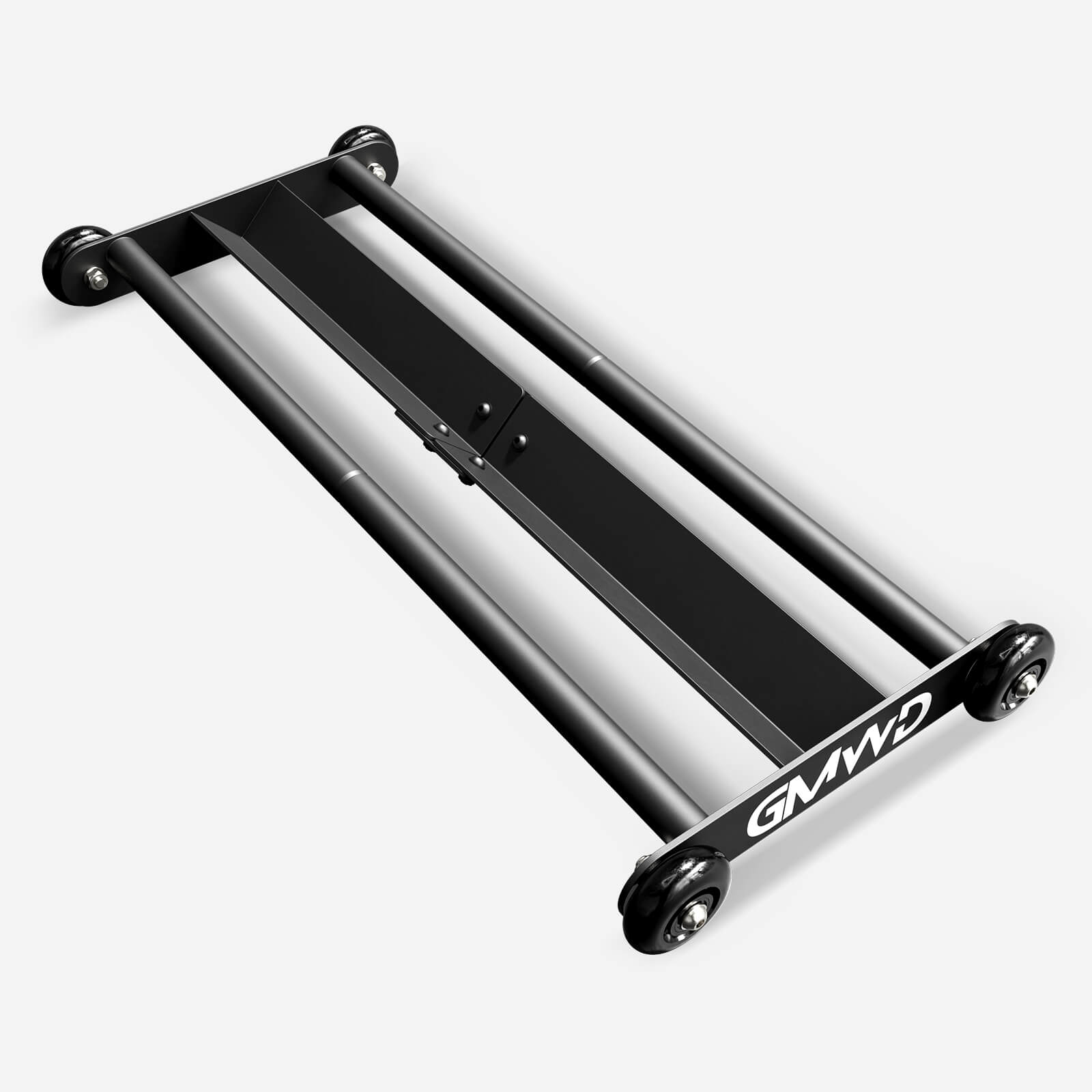
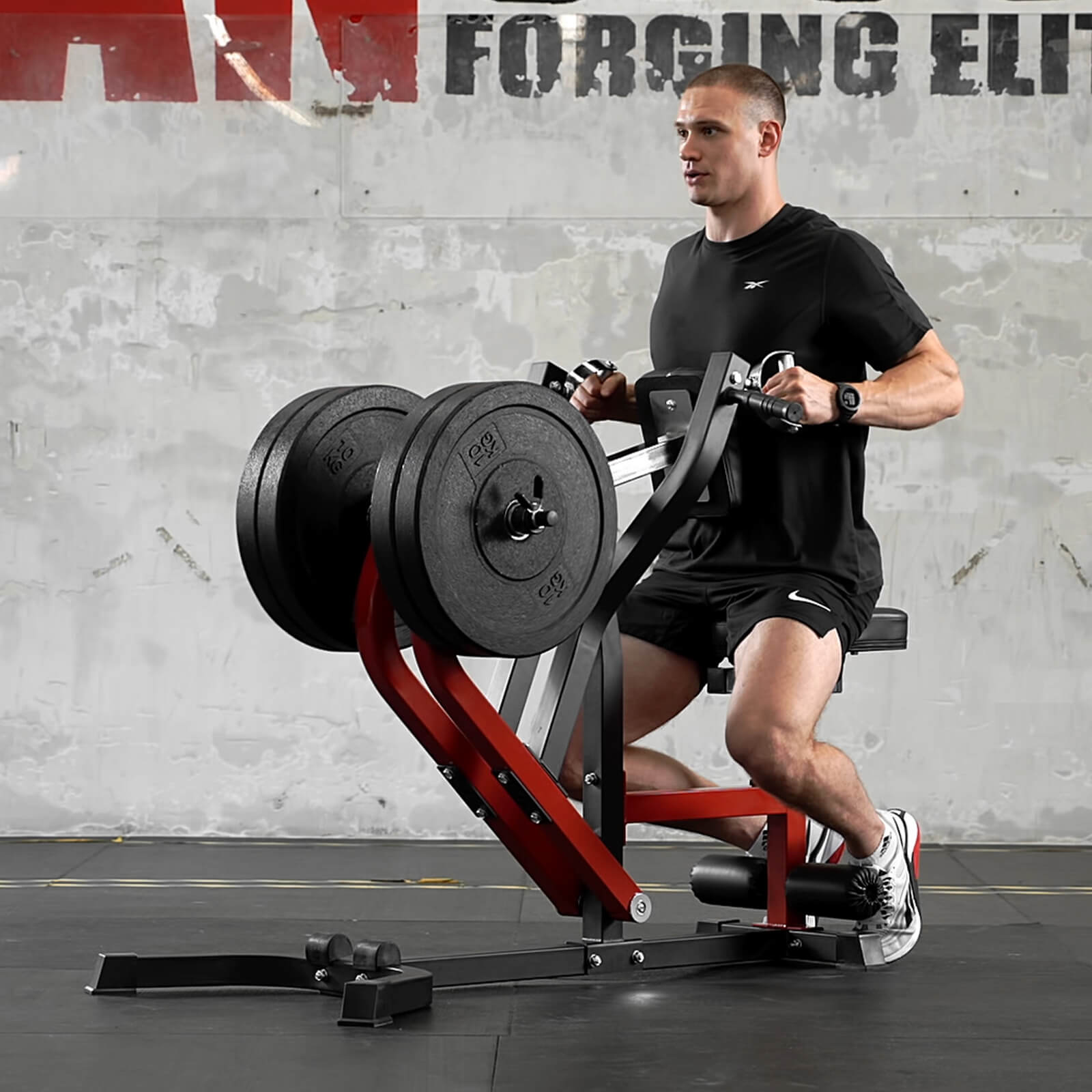
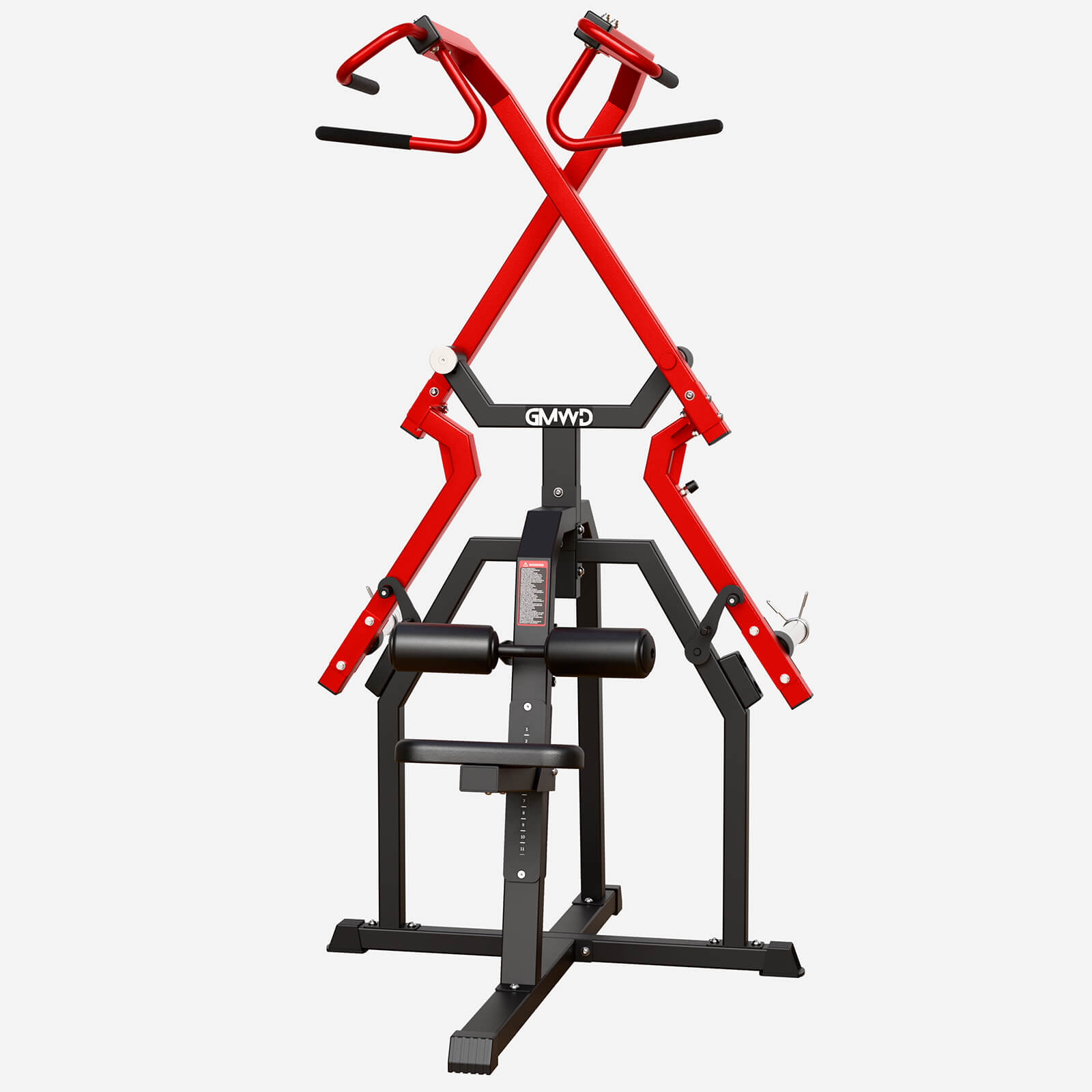
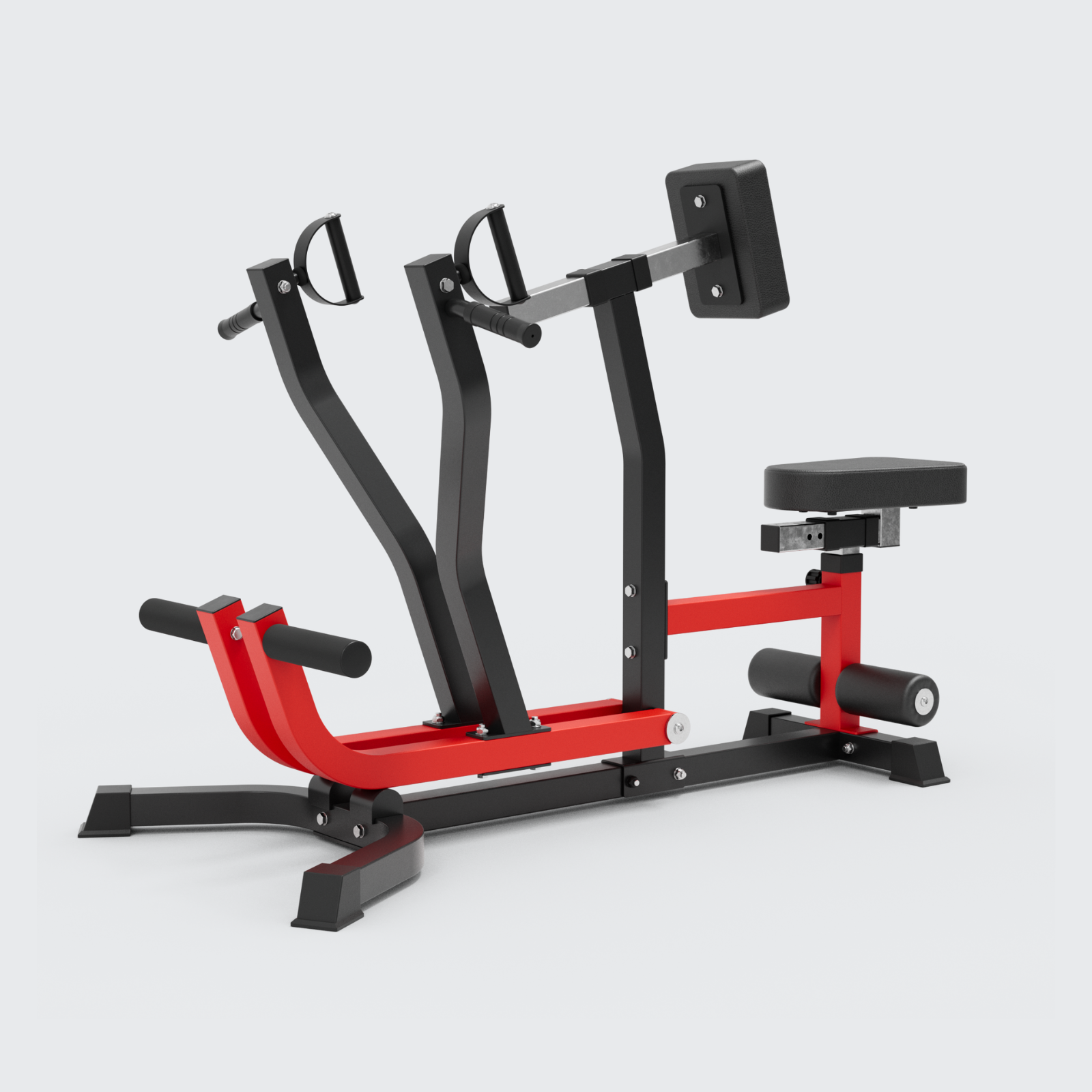
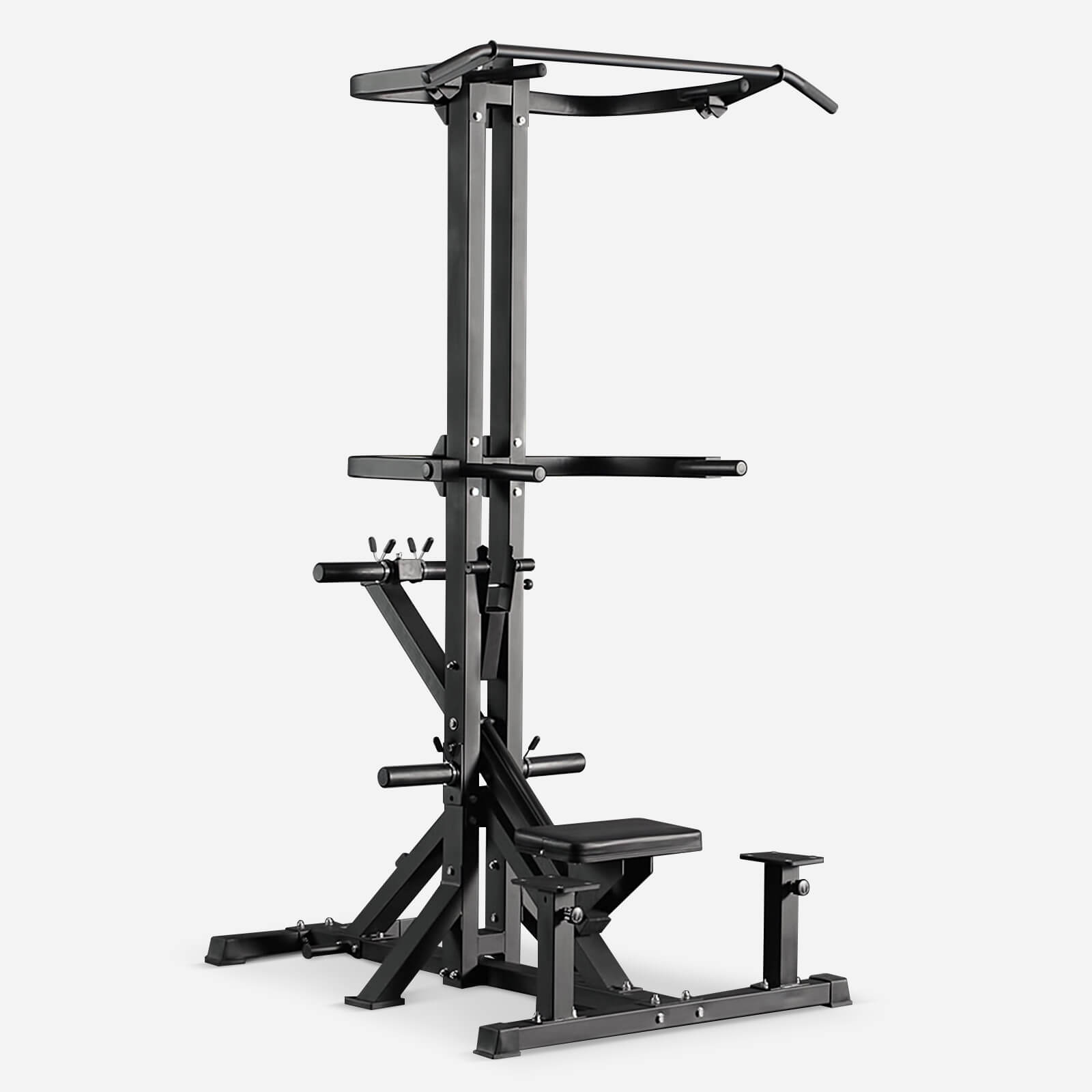

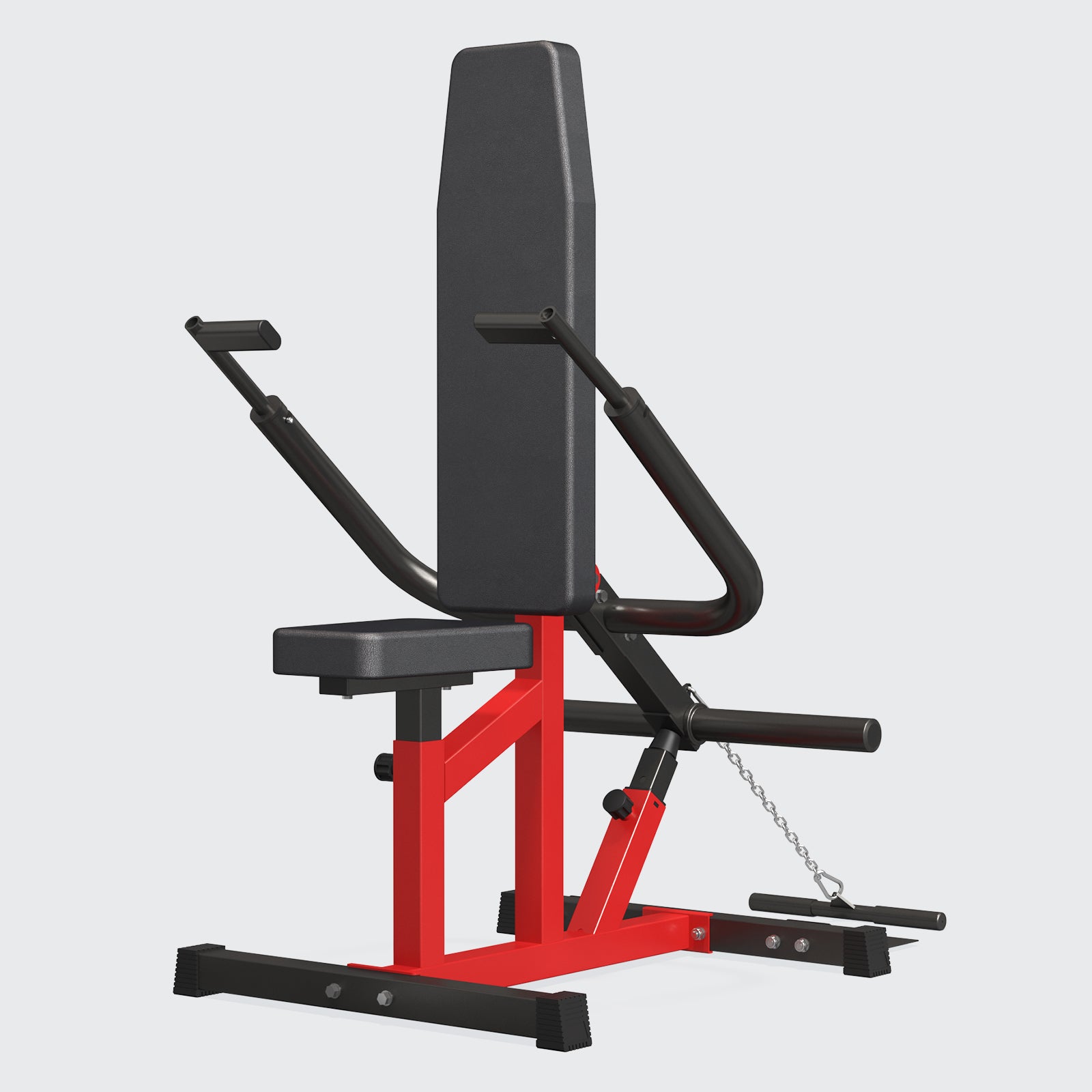
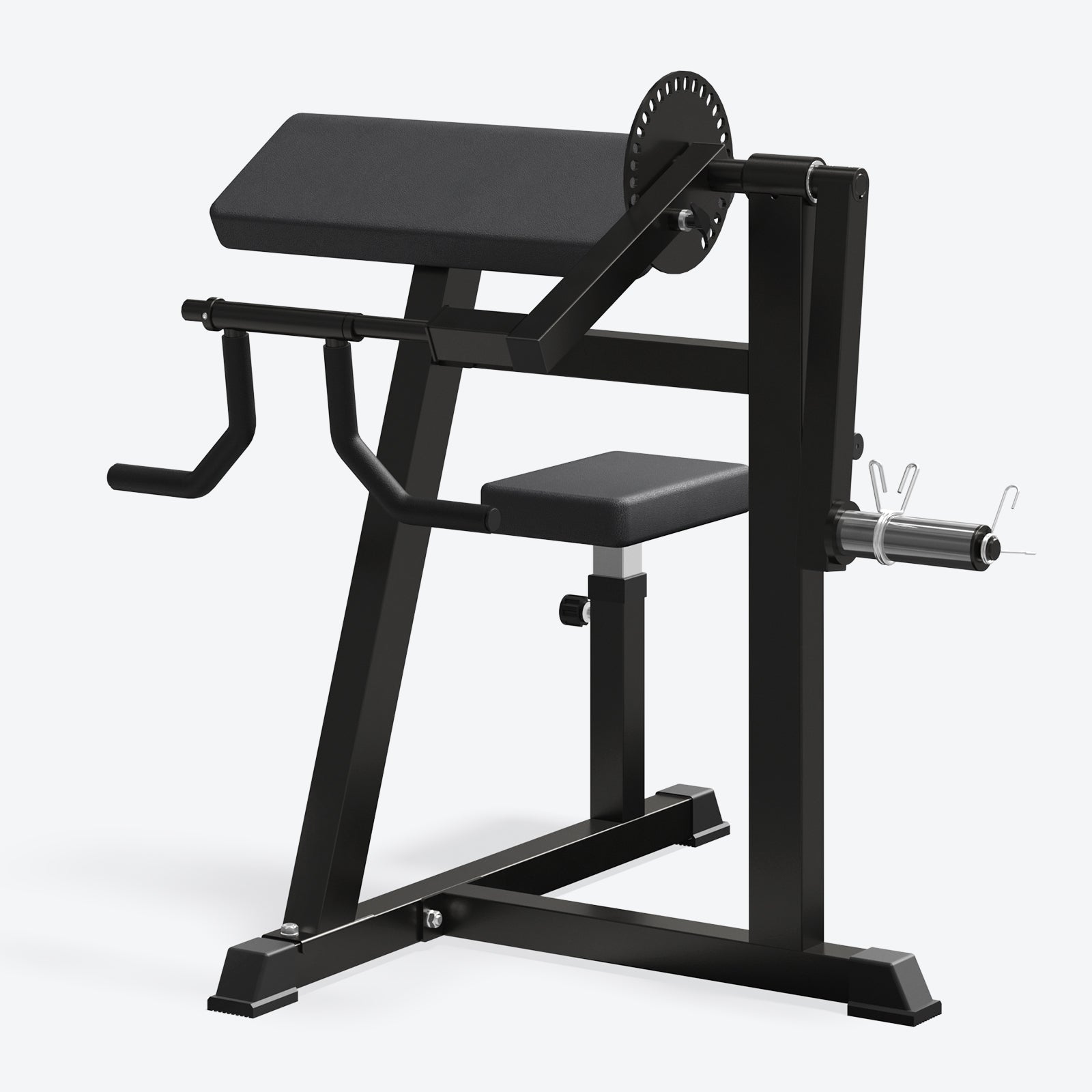
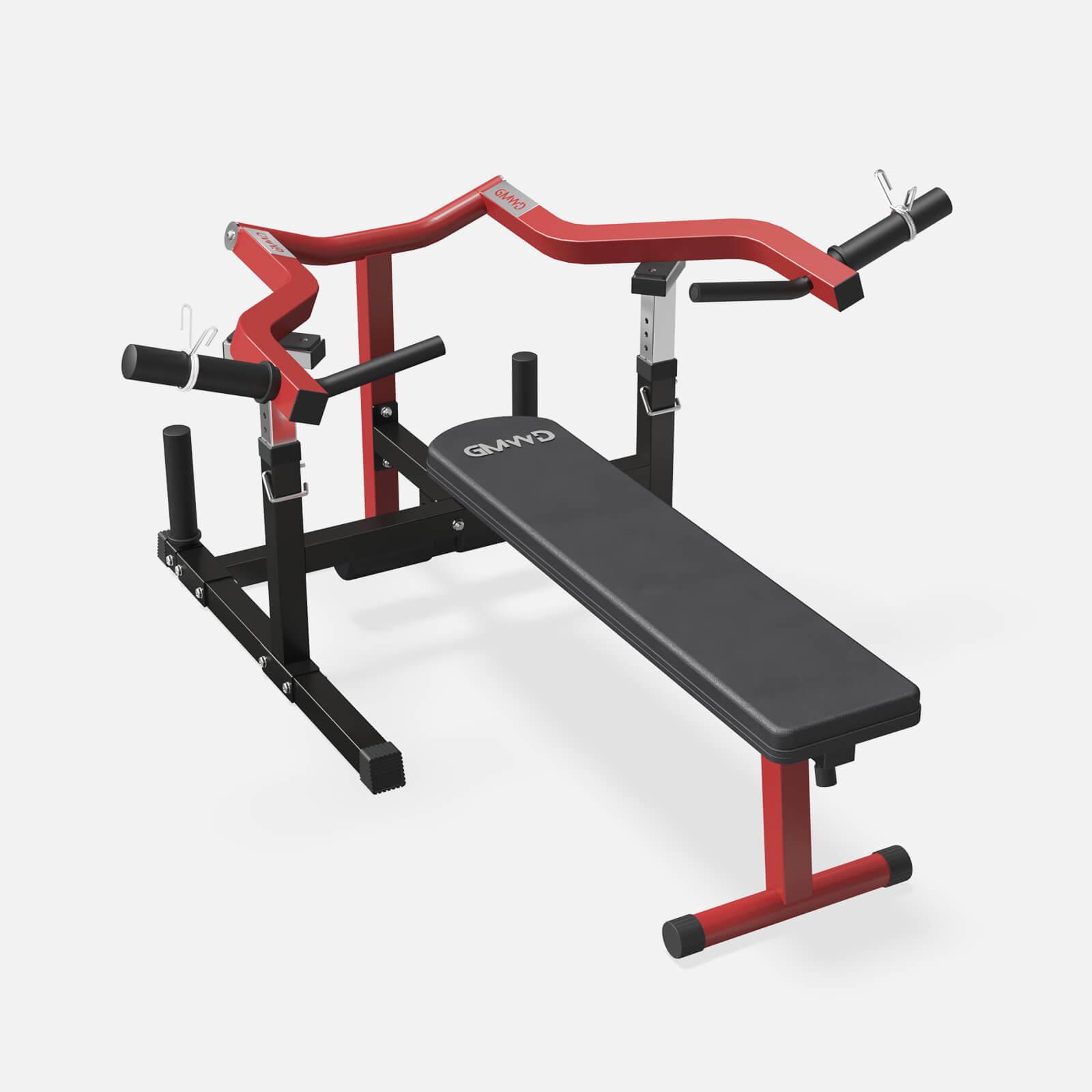
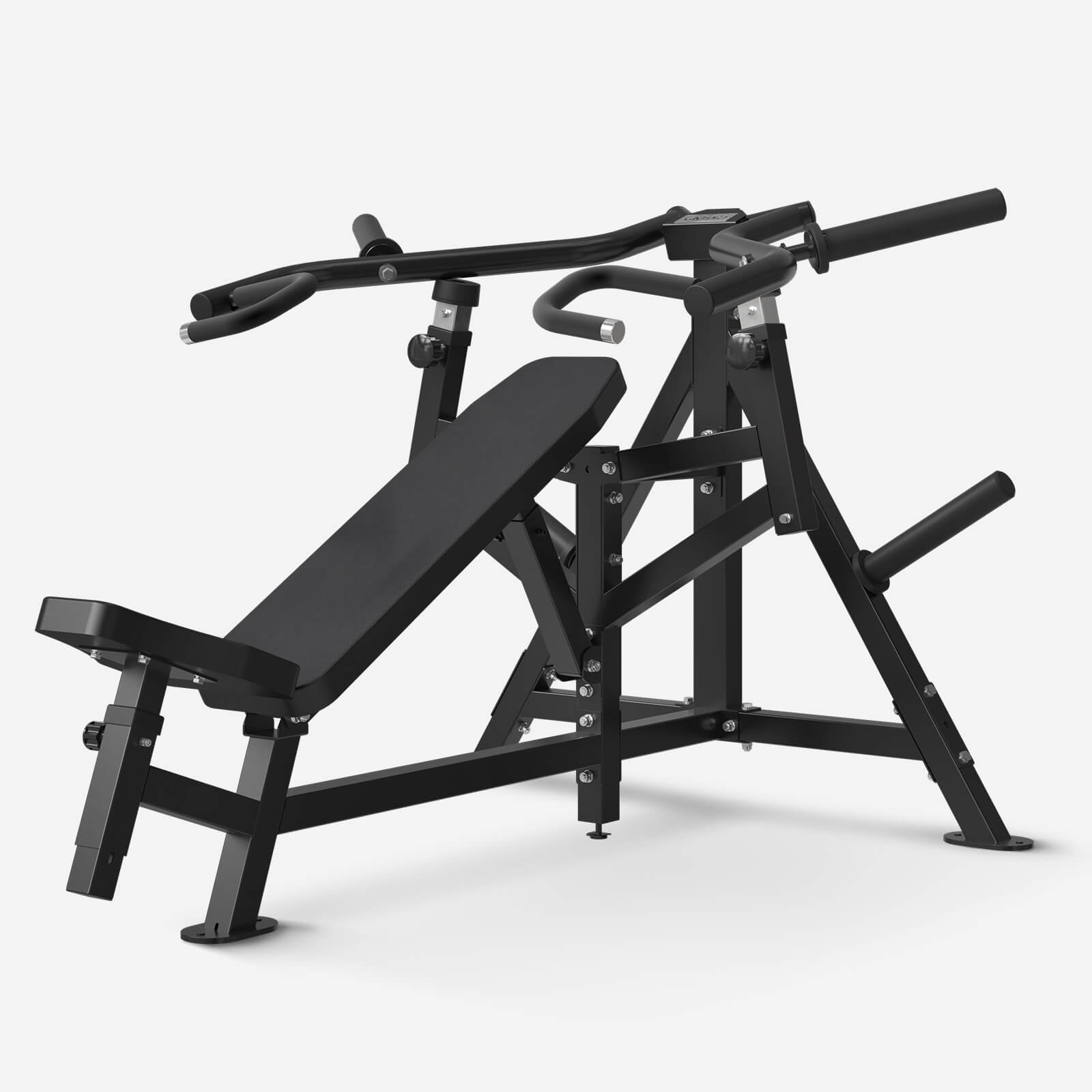
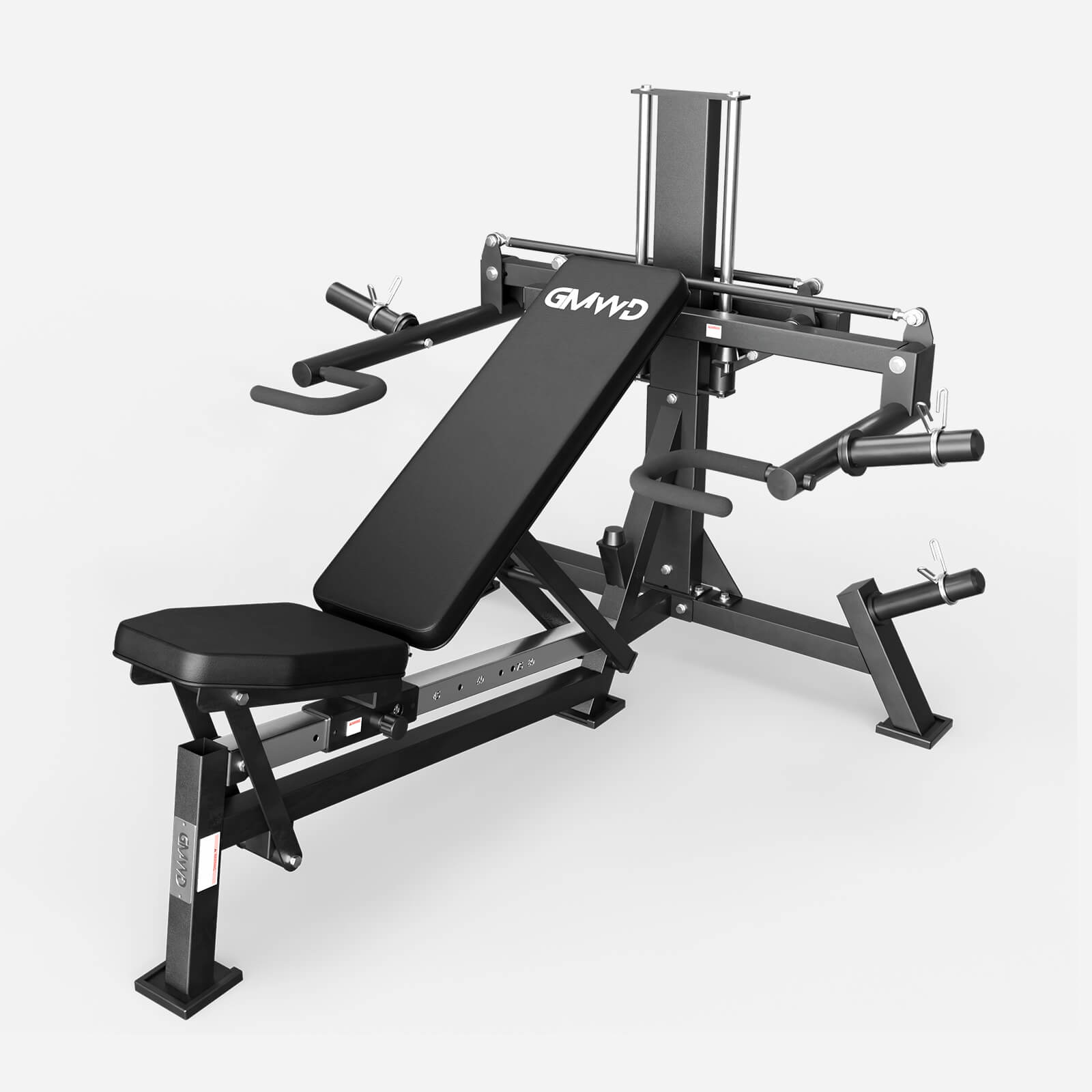
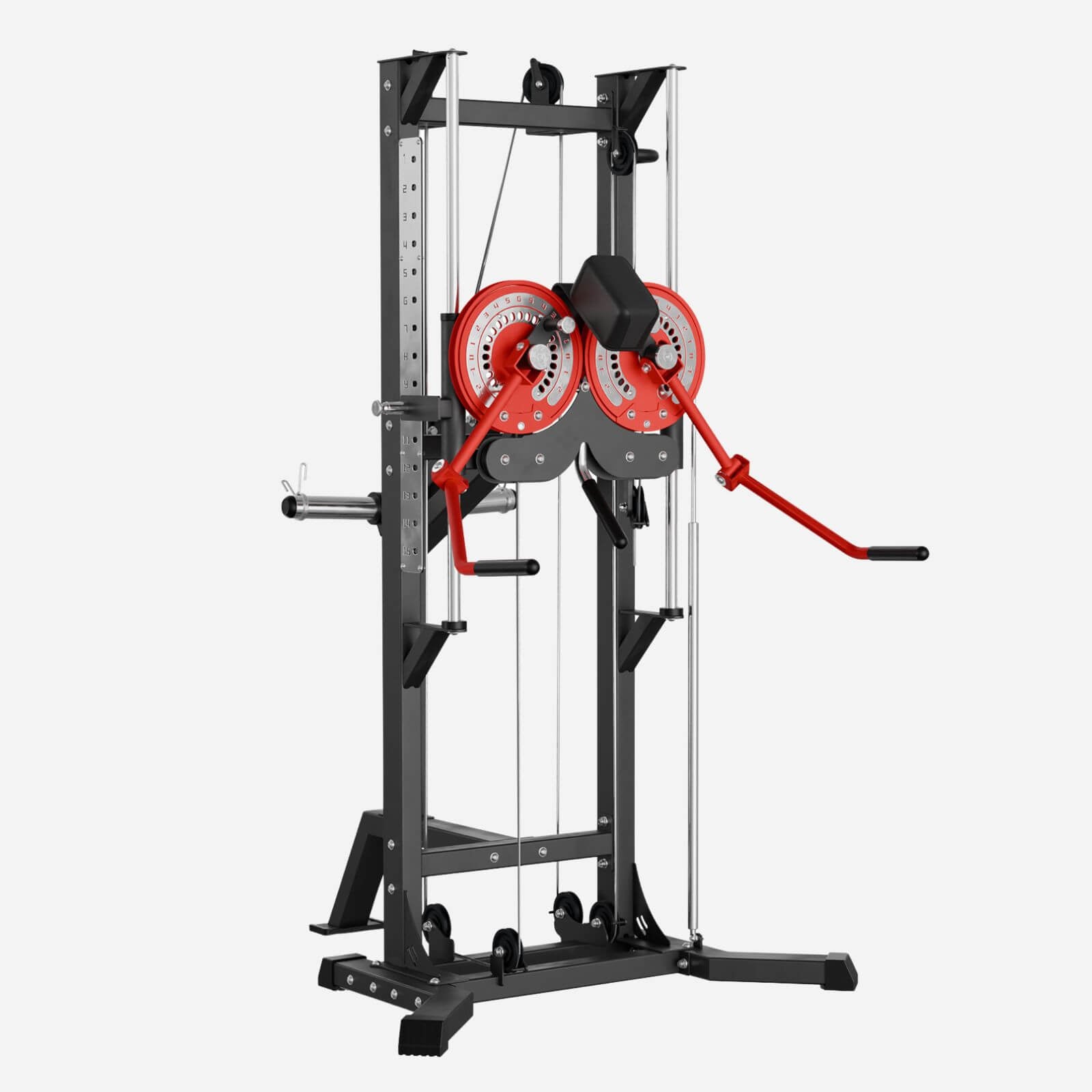
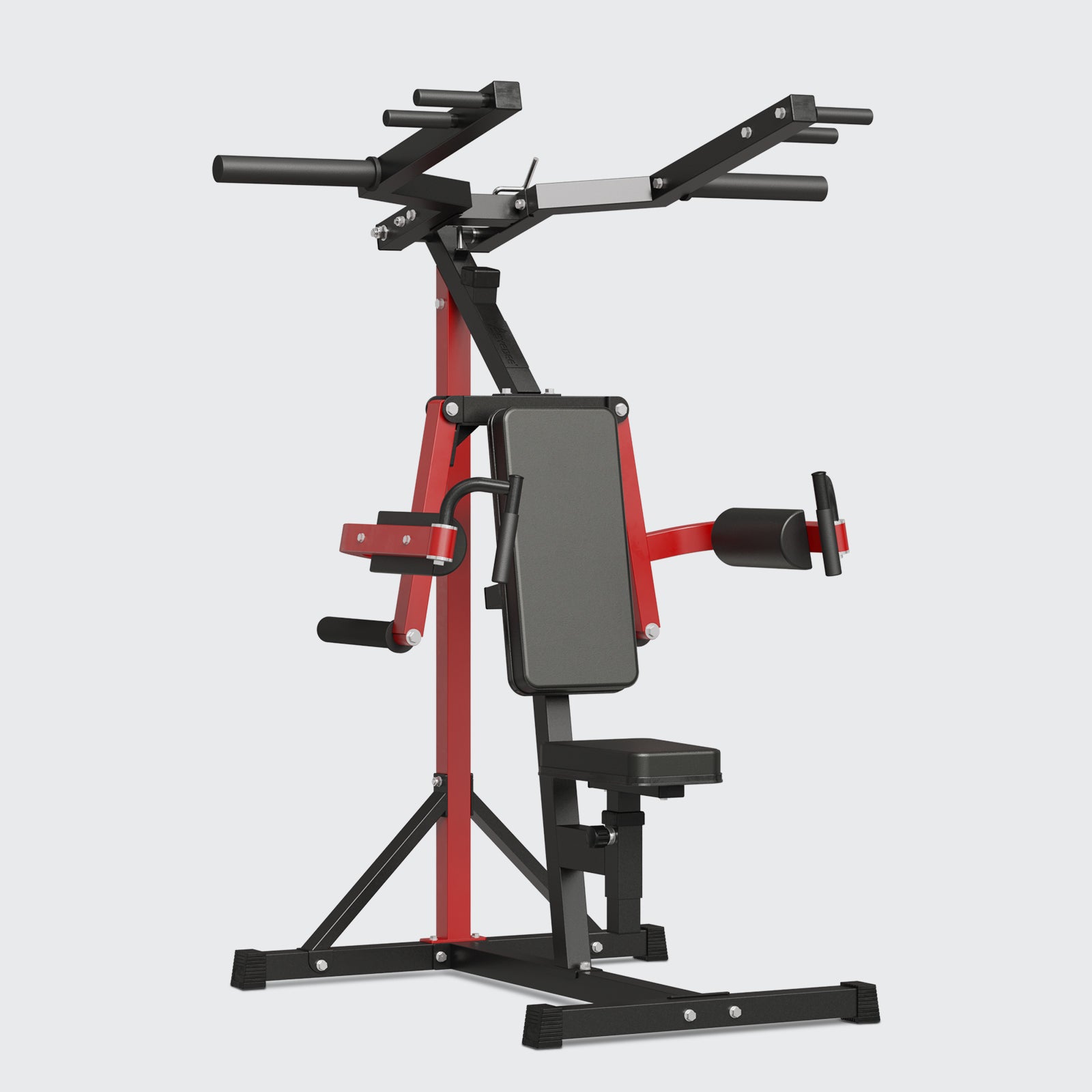
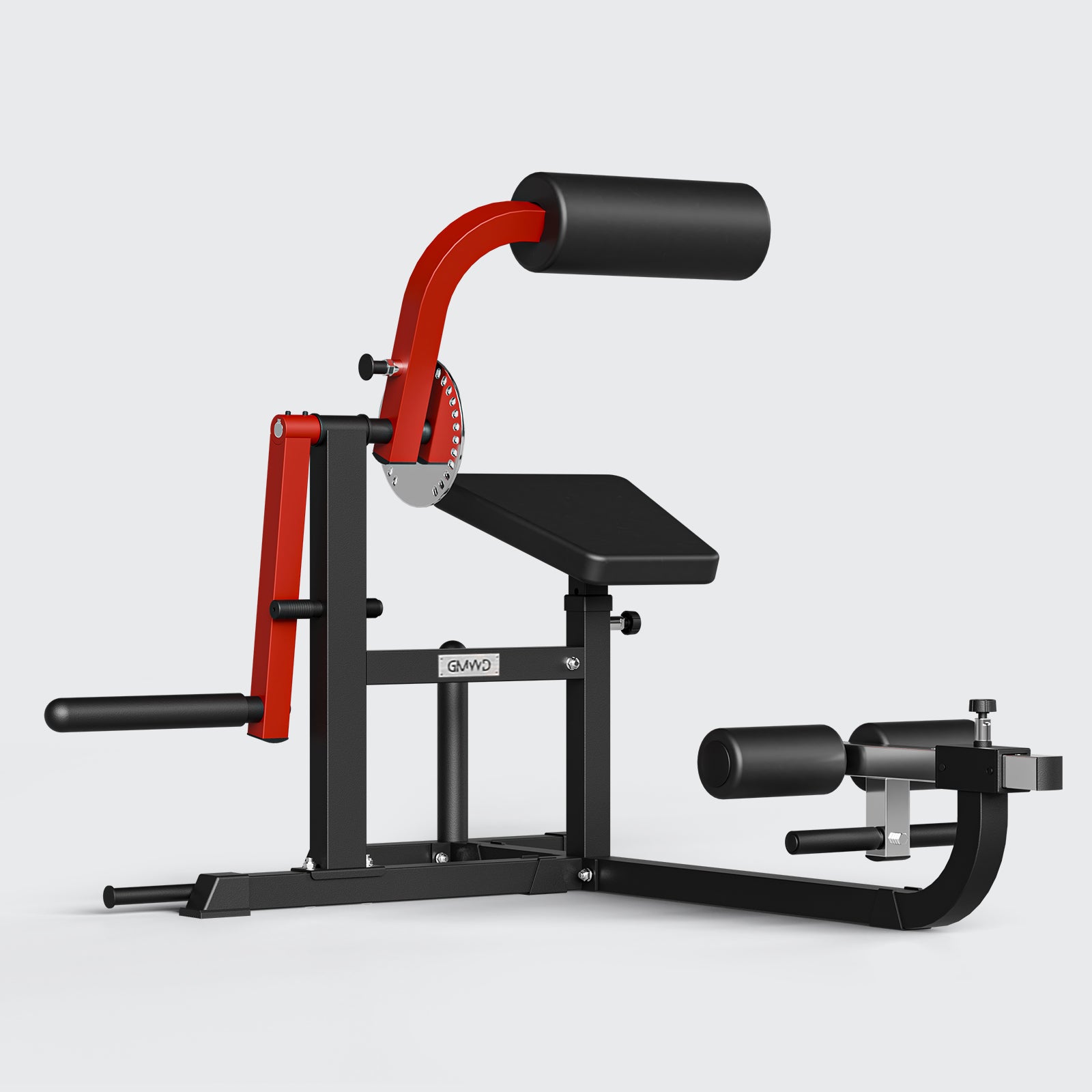
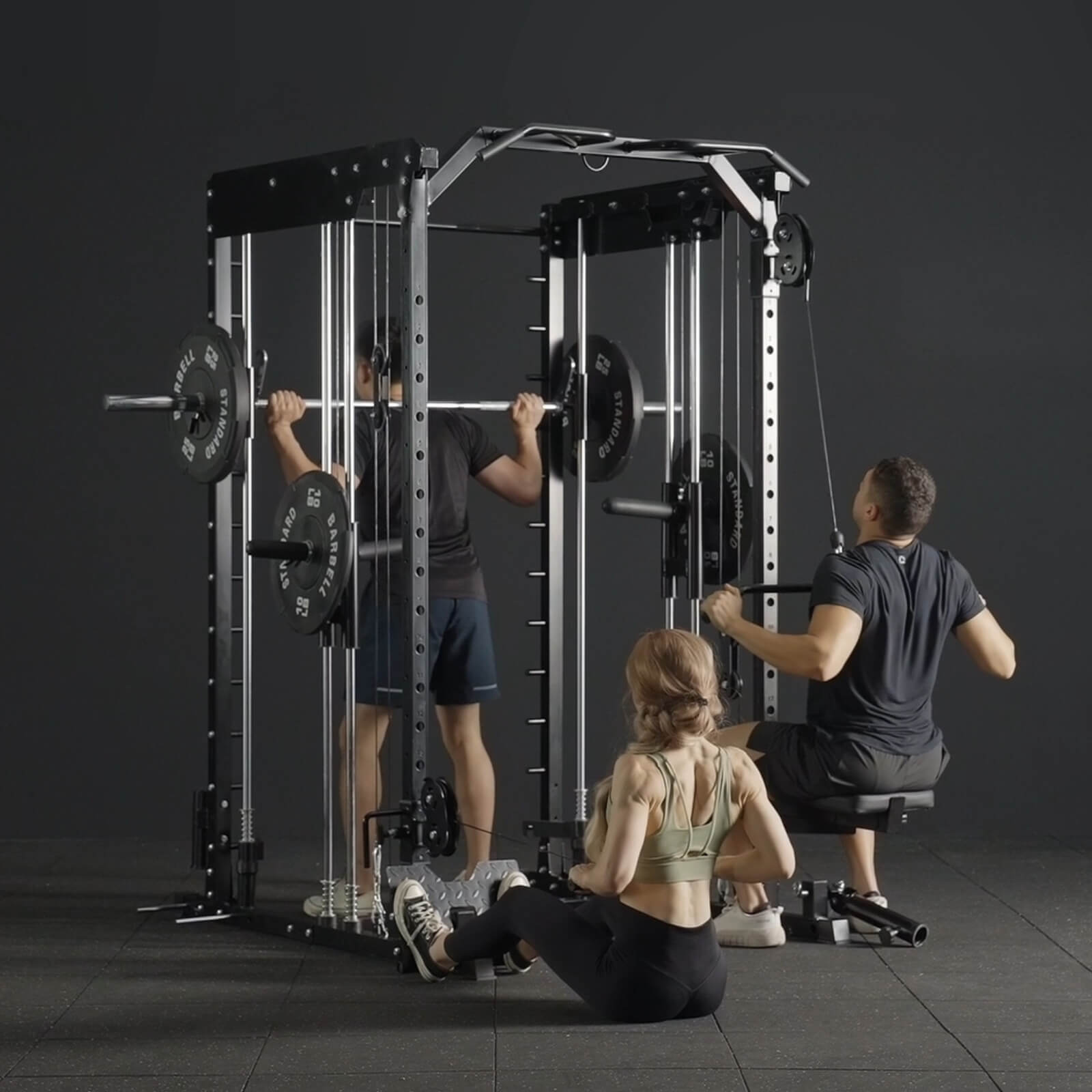
Leave a comment
All comments are moderated before being published.
This site is protected by hCaptcha and the hCaptcha Privacy Policy and Terms of Service apply.